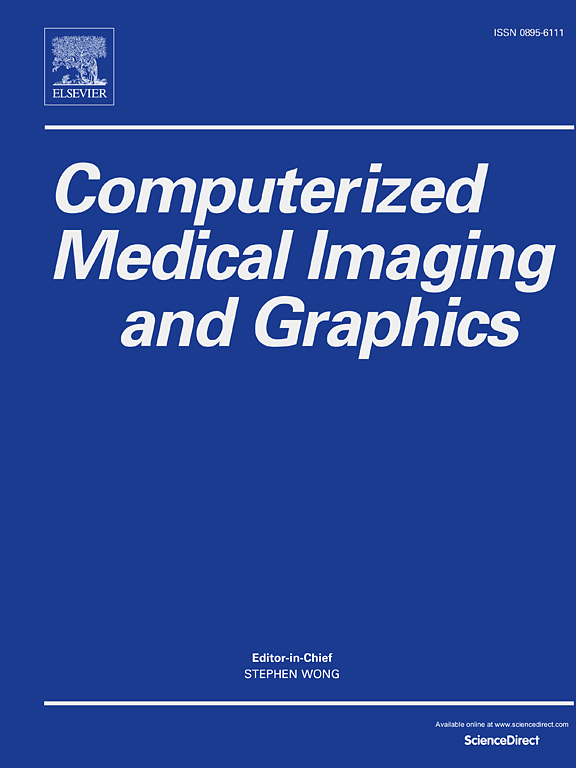Meta-learning guidance for robust medical image synthesis: Addressing the real-world misalignment and corruptions
IF 5.4
2区 医学
Q1 ENGINEERING, BIOMEDICAL
Computerized Medical Imaging and Graphics
Pub Date : 2025-02-01
DOI:10.1016/j.compmedimag.2025.102506
引用次数: 0
Abstract
Deep learning-based image synthesis for medical imaging is currently an active research topic with various clinically relevant applications. Recently, methods allowing training with misaligned data have started to emerge, yet current solution lack robustness and cannot handle other corruptions in the dataset. In this work, we propose a solution to this problem for training synthesis network for datasets affected by mis-registration, artifacts, and deformations. Our proposed method consists of three key innovations: meta-learning inspired re-weighting scheme to directly decrease the influence of corrupted instances in a mini-batch by assigning lower weights in the loss function, non-local feature-based loss function, and joint training of image synthesis network together with spatial transformer (STN)-based registration networks with specially designed regularization. Efficacy of our method is validated in a controlled synthetic scenario, as well as public dataset with such corruptions. This work introduces a new framework that may be applicable to challenging scenarios and other more difficult datasets.
求助全文
约1分钟内获得全文
求助全文
来源期刊
CiteScore
10.70
自引率
3.50%
发文量
71
审稿时长
26 days
期刊介绍:
The purpose of the journal Computerized Medical Imaging and Graphics is to act as a source for the exchange of research results concerning algorithmic advances, development, and application of digital imaging in disease detection, diagnosis, intervention, prevention, precision medicine, and population health. Included in the journal will be articles on novel computerized imaging or visualization techniques, including artificial intelligence and machine learning, augmented reality for surgical planning and guidance, big biomedical data visualization, computer-aided diagnosis, computerized-robotic surgery, image-guided therapy, imaging scanning and reconstruction, mobile and tele-imaging, radiomics, and imaging integration and modeling with other information relevant to digital health. The types of biomedical imaging include: magnetic resonance, computed tomography, ultrasound, nuclear medicine, X-ray, microwave, optical and multi-photon microscopy, video and sensory imaging, and the convergence of biomedical images with other non-imaging datasets.

 求助内容:
求助内容: 应助结果提醒方式:
应助结果提醒方式:


